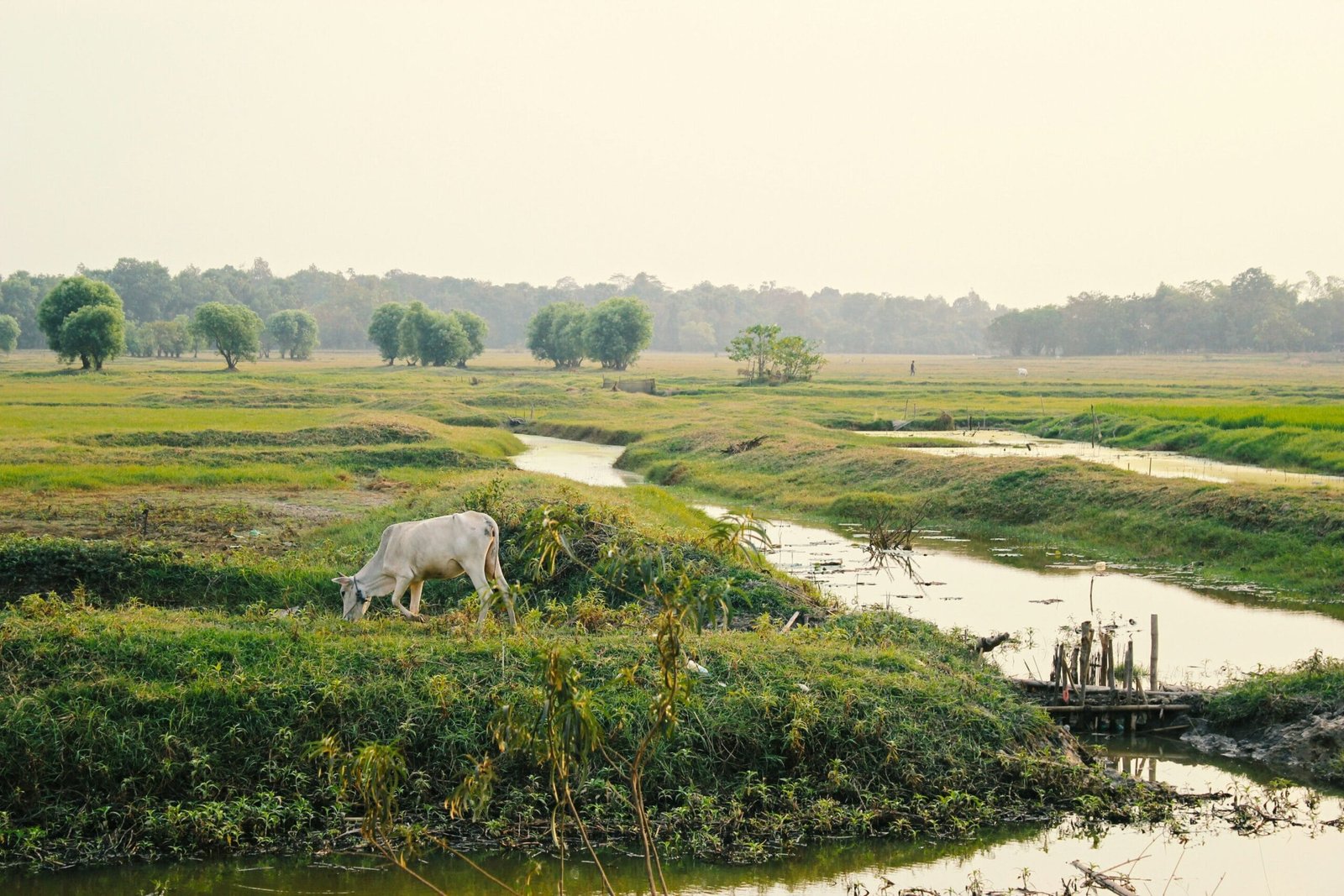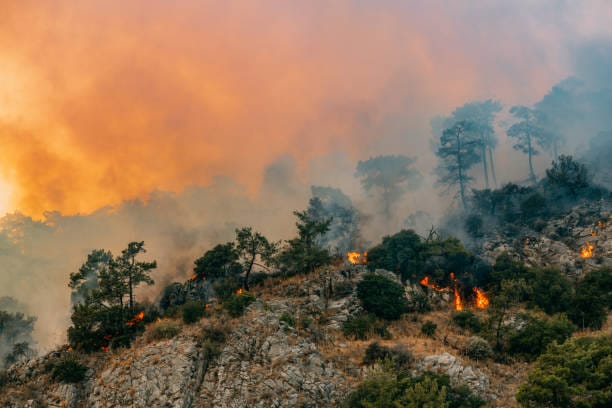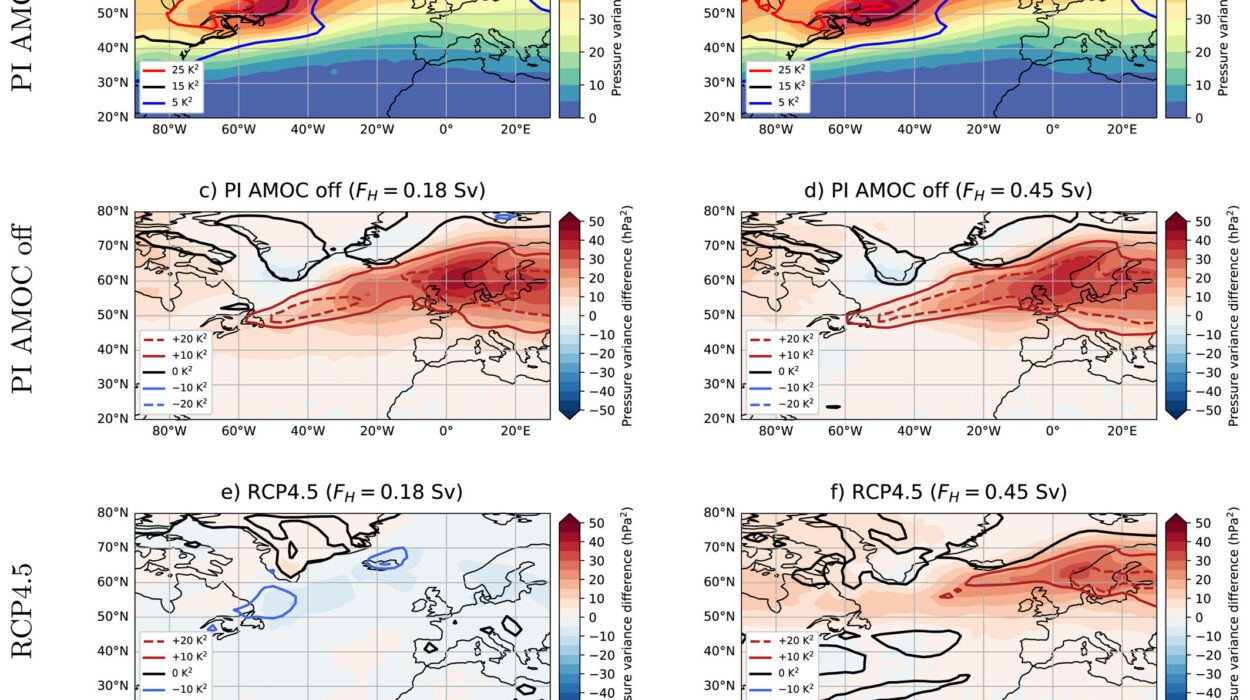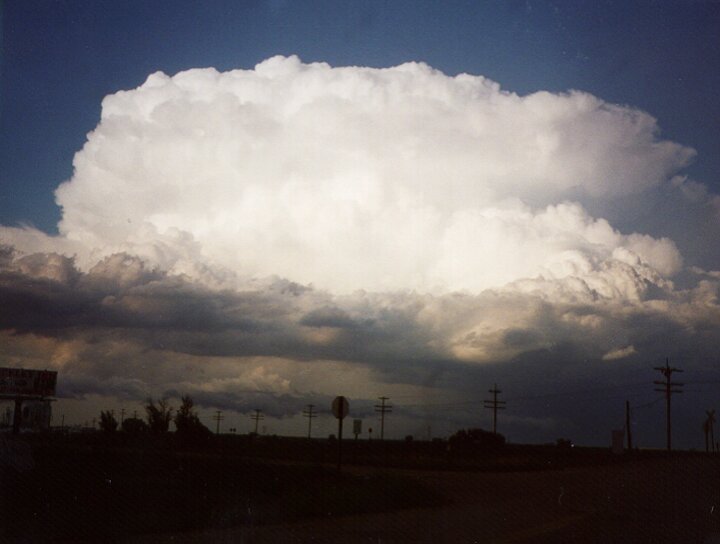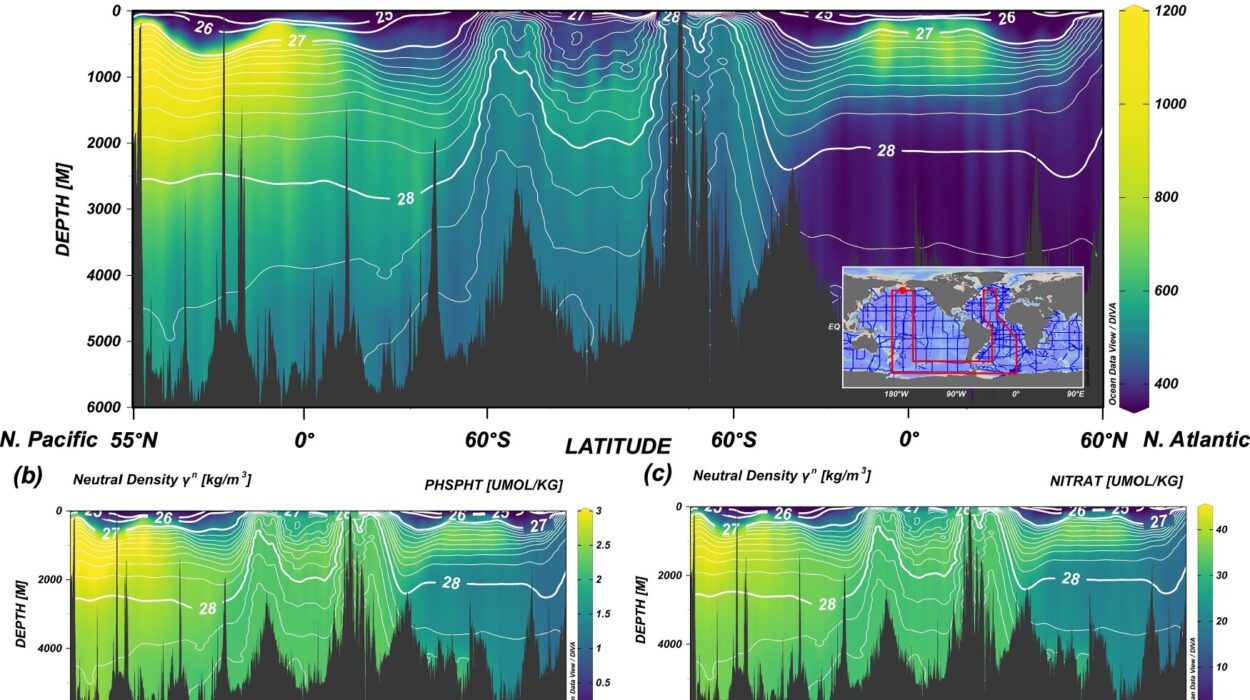At dawn on March 28, 2025, Myanmar’s heart pulsed with an eerie calm. In Mandalay, the sky was just lightening, markets were beginning to stir, and people moved through their morning routines unaware that the earth beneath their feet was about to break not only its own silence—but several laws of geological expectation.
At exactly 6:42 a.m. local time, a deep groan tore through the crust of the Earth, rupturing more than 480 kilometers of Myanmar’s notorious Sagaing Fault. The magnitude 7.8 earthquake that followed would claim over 5,000 lives, level thousands of buildings, and cause trembling shockwaves as far away as Bangkok. But what stunned scientists most wasn’t just its power—it was the astonishing speed at which the rupture moved. For a terrifying portion of its path, the earthquake tore through rock faster than the speed of sound in the Earth’s crust.
It was what seismologists call a supershear earthquake—an incredibly rare phenomenon where the rupture outruns the shear waves it produces. And for the first time in Australia’s scientific record, and among a handful globally, researchers captured it in stunning detail.
A Crack Faster Than Sound
To understand the nature of this catastrophe, seismologists Lingling Ye, Thorne Lay, and Hiroo Kanamori turned to a fusion of seismic data and satellite imagery. Their findings, published in The Seismic Record, uncover the pulse-by-pulse anatomy of this historic rupture.
From their analysis, it was clear: this was no ordinary fault movement. After the quake began just north of Mandalay, the rupture propagated both north and south along the fault line. In the southern portion especially, it accelerated rapidly—reaching velocities between 5 and 6 kilometers per second, fast enough to outpace the very waves it generated. This made it a textbook example of supershear rupture, a process so rare that only a handful of earthquakes in history have clearly displayed it.
In the southern two-thirds of the rupture, this extraordinary speed helped release enormous amounts of energy, smashing the Earth’s crust apart at velocities more commonly associated with jet aircraft. The slip along this southern section varied patchily, ranging from 1 to 6 meters, with some of the largest movements concentrated near the capital, Nay Pyi Taw.
In contrast, the northern rupture—extending about 85 kilometers north of the epicenter—saw slip levels reaching up to 7 meters. The ground didn’t just move; it leapt forward.
A Historic Record from Near the Heart of Chaos
To verify that the rupture reached supershear speeds, the team turned to a rare gem: data from a seismic station located just 5 kilometers west of the Sagaing Fault, near Nay Pyi Taw. It was, in the words of Thorne Lay, “unusually clear and convincing evidence.” What the station recorded was seismic choreography—waves and offsets arriving with timing so distinct that the behavior could only be explained by a rupture moving faster than shear waves.
Typically, during an earthquake, P-waves (primary waves) arrive first—quick but relatively harmless. Then come the slower, more destructive S-waves (shear waves). But here, just 12 seconds after the P-waves touched the station, a violent shift struck—an arrival that should have taken longer. That 12-second delay was far too short for an ordinary rupture, confirming the supershear phenomenon.
As Ye noted, this was one of the closest seismic stations ever to record a rupture passage from a quake of this magnitude—a scientist’s dream, born from a nation’s nightmare.
Bangkok Trembles: The Southward Blast
The earthquake’s extraordinary speed didn’t just cause devastation locally—it also directed immense energy outward, like a bullet spiraling from a rifle barrel. The rupture’s directivity—its dominant energy path—was aimed southward. Supershear ruptures focus seismic energy ahead of them, meaning the Earth shook not just with brute force, but with focused intensity.
This directed seismic beam could help explain why damage and tremors were felt so far from the fault itself, reaching cities like Bangkok more than 1,000 kilometers away. The earth’s crust can transmit energy more effectively when ruptures behave like this, launching shaking in one direction like a high-speed shockwave.
Such behavior offers a crucial clue for disaster preparedness. Understanding which direction an earthquake’s energy travels helps model future risks—not only where the rupture starts, but where it will hurt most.
An Unsettling Awakening from a Long Silence
The Sagaing Fault is no stranger to seismic drama. In the 20th century alone, it has hosted multiple quakes exceeding magnitude 7. Yet the segment between Mandalay and Nay Pyi Taw—the section that failed in 2025—had been eerily quiet for more than a century. The last significant activity in this central region was recorded in 1912, with another event in 1839 even earlier. This stretch was, until recently, considered a seismic gap—a fault segment that hasn’t ruptured in recent memory, but stores energy silently, like a coiled spring waiting to snap.
The 2025 quake ruptured further north and further south than expected, overlapping slightly with known ruptures from 1956 and 1930. According to Lay, the overlap might reflect gaps in our historical knowledge. Perhaps the earlier events didn’t release all the strain they built up, or perhaps we’ve misunderstood the true complexity of fault segment behavior. Regardless, the 2025 rupture filled a long-standing void—and did so with vengeance.
Its sheer length—480 kilometers—makes it one of the longest strike-slip ruptures ever recorded for its magnitude. It rivals the infamous 1906 San Francisco earthquake, which ruptured about 400 kilometers, and it far exceeds the lengths of recent great earthquakes like the 2023 East Anatolian Fault rupture in Türkiye and the 2002 Denali quake in Alaska.
The Straight Path to Destruction
The southern stretch of the Sagaing Fault is notably linear, almost like a ruler etched across central Myanmar. It’s this geometric clarity—this almost mechanical straightness—that may have allowed the rupture to sustain such high speeds and travel so far. In earthquake science, the straighter the fault, the fewer obstacles exist to slow the rupture. It’s like a bullet on a frictionless track.
Combined with the long buildup of strain over a century of quiescence, this straight-line structure allowed the rupture to become self-sustaining and then to accelerate. The earthquake didn’t just release energy—it tore through Earth like it had been waiting decades to explode.
Lay believes that although the fault may be divided into segments, these boundaries don’t always halt a rupture. If the fault is primed, and if enough stress has built, the earthquake can cascade through them anyway. This makes predicting rupture length and strength extremely challenging, even with advanced tools.
What Comes Next
Although the earth may now seem calm again in Myanmar, the story isn’t over. Earthquakes don’t just destroy—they expose. They reveal where stress lies hidden and how faults are interconnected. The 2025 quake has provided seismologists with data that will influence earthquake science for years to come.
It has also raised urgent questions: Are there more sections of the Sagaing Fault quietly primed for future supershear ruptures? Could the north or south segments go next? Do Myanmar’s cities have the infrastructure needed to survive another great rupture?
And perhaps most hauntingly: can we learn to spot supershear conditions before they unleash destruction?
Answering these questions will require longer seismic histories, improved modeling of fault behavior, and investment in seismic stations like the one that gave researchers such clarity near Nay Pyi Taw. As Ye said, scientists have long hoped for close-up views of great ruptures. Now they have one—captured in real-time, etched in the memory of instruments, and sadly, in the lives of thousands affected.
A Lesson Etched in Stone and Memory
The March 2025 Myanmar earthquake was not just a catastrophe—it was a revelation. It reminded us that beneath our feet, vast forces simmer in silence for decades. It reminded us that the Earth can move not just with power, but with terrifying speed. And it reminded us that science, even in the face of tragedy, can uncover truths that might one day save lives.
The Earth raced ahead of its own signals. For a few seconds, the crust moved faster than it should have. And in doing so, it shattered not only stone and steel, but our assumptions about how ruptures begin—and where they might end.
The story of the supershear earthquake is still being written. But thanks to the researchers who captured it, we now have a rare and vivid chapter—etched not just in the Earth’s crust, but in the evolving understanding of our restless, racing planet.
Reference: Lingling Ye et al, The 28 March 2025 Mw 7.8 Myanmar Earthquake: Preliminary Analysis of an ∼480 km Long Intermittent Supershear Rupture, The Seismic Record (2025). DOI: 10.1785/0320250021
